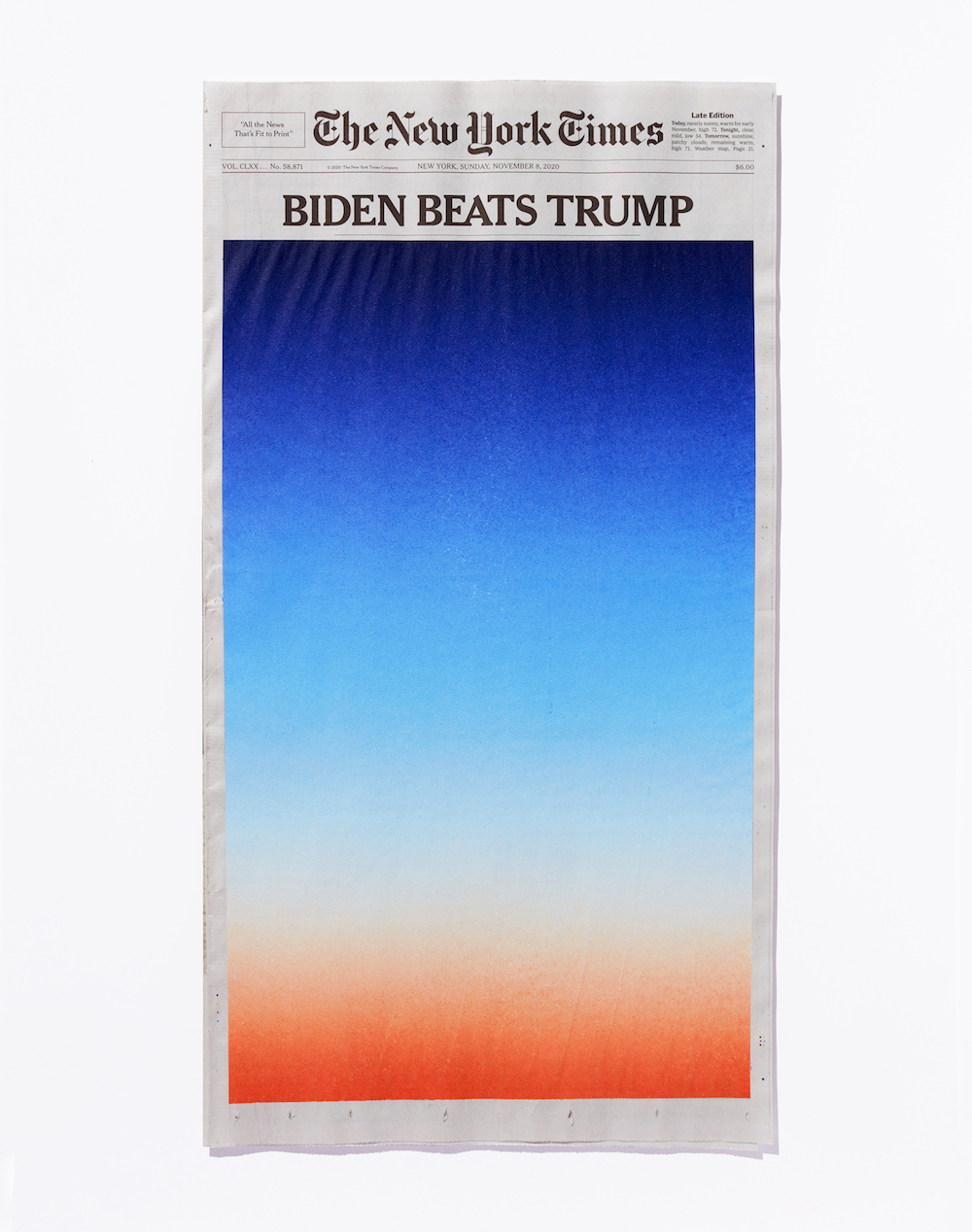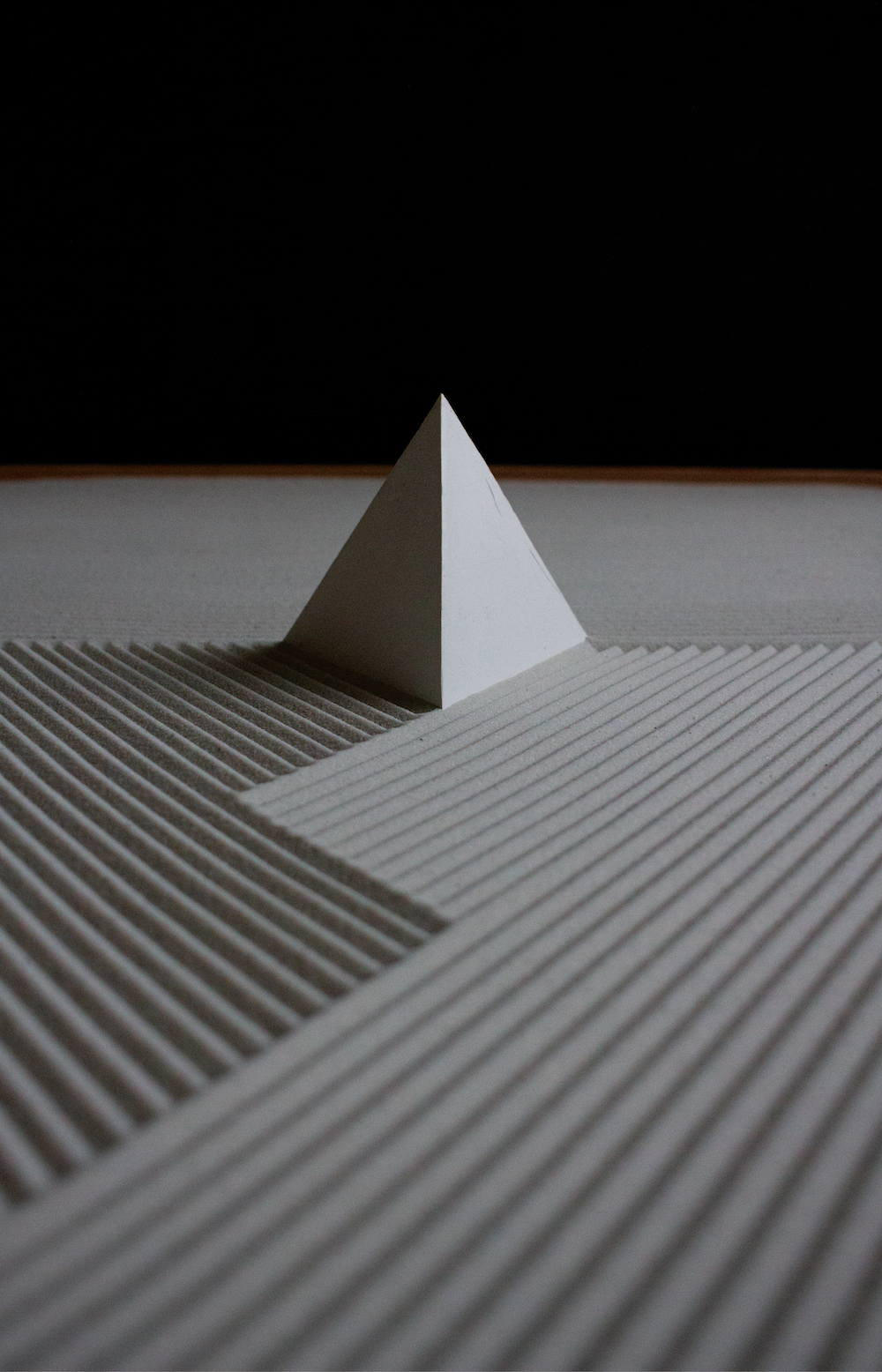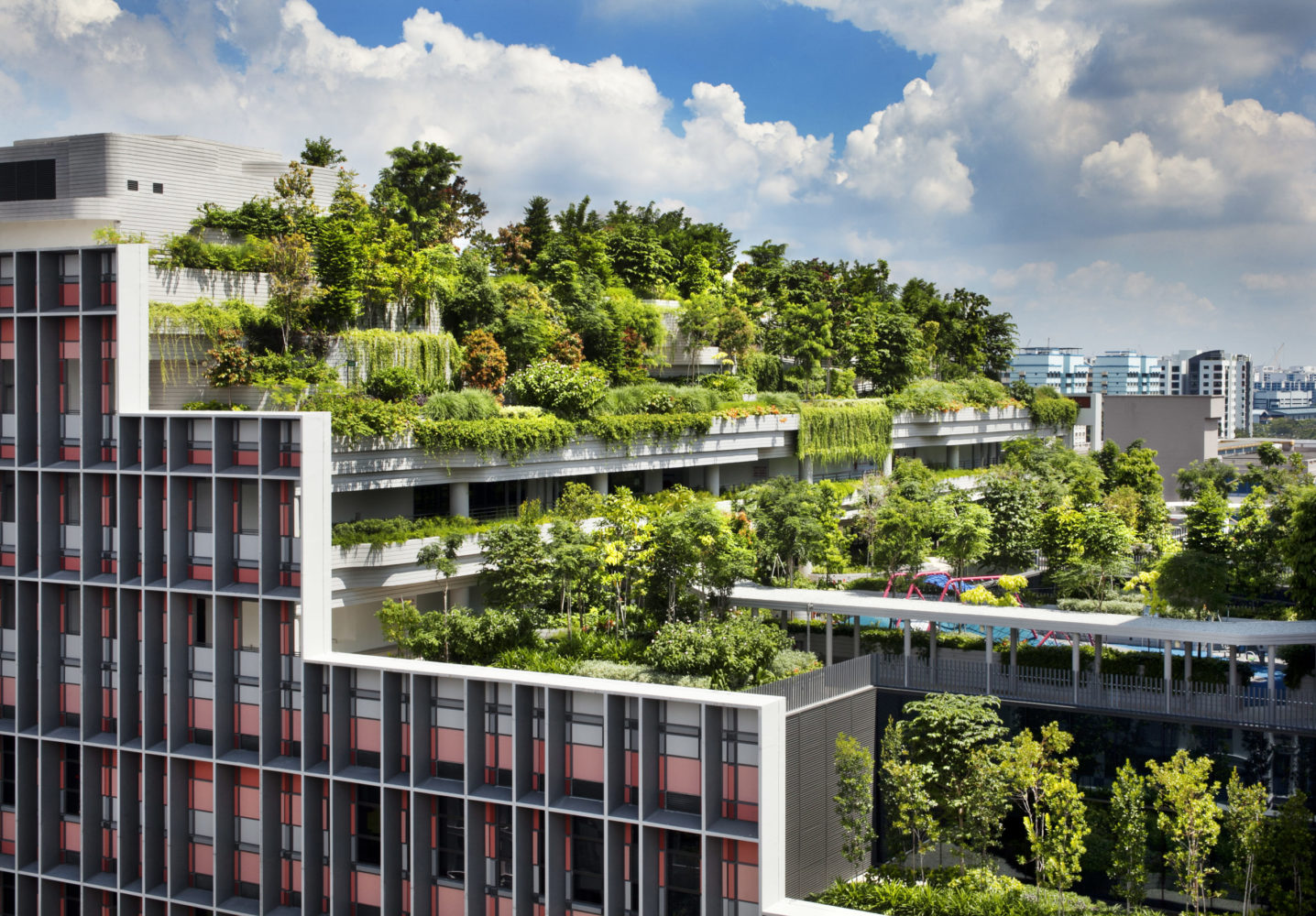Ana Khouri spent her formative years living between Brazil and New York City, learning to respect nature, her neighbors, and what she believes in. As her creativity burgeoned, she pursued a fine arts degree at Fundação Armando Alvares Penteado (FAAP), studied gemology at the Gemological Institute of America, attended Parsons School of Design, and studied jewelry design at Central Saint Martins in London. As an extension of her love for stones and sculpture, Khouri established her eponymous jewelry design label in 2013.
Whitewall spoke with Khouri to learn more about her art-inspired pieces, how she’s helping others amid the pandemic, and why the future of the jewelry industry is ethical and inclusive.
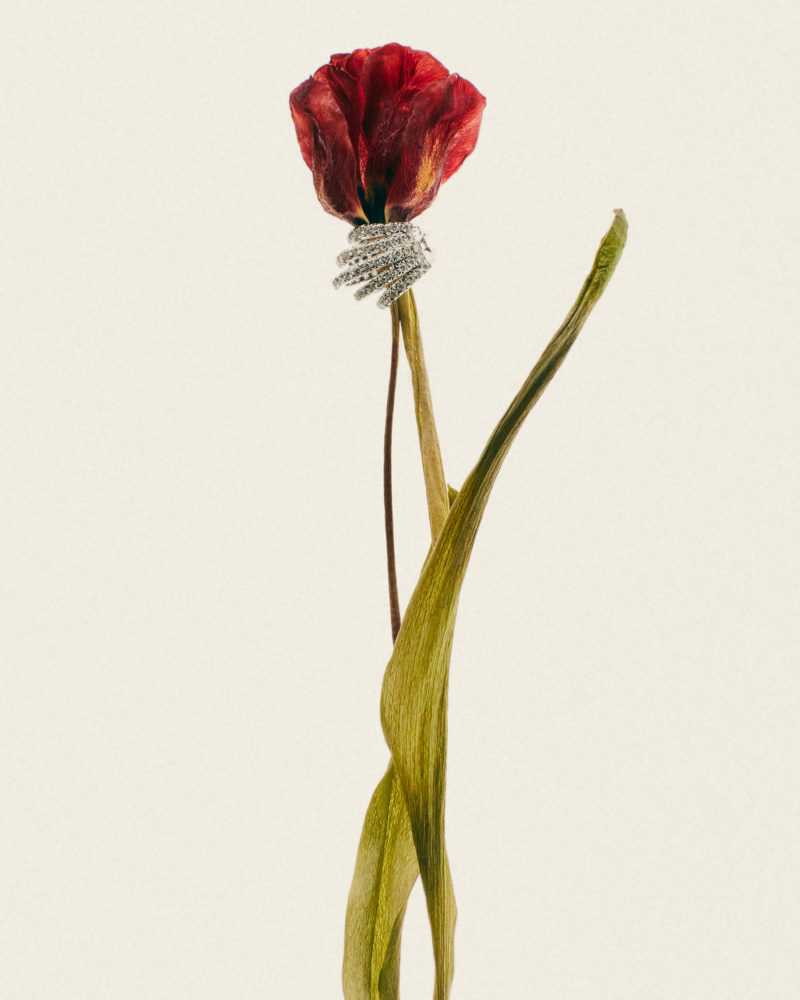
Ana Khouri’s “Flower” series, photo by Jon Ervin Gabrielle Marceca.
WHITEWALL: How does your background in the arts inform your jewelry design?
ANA KHOURI: The art world came before the jewelry world for me, so I’m very influenced by my artistic view. During my time studying sculpture, I found myself closing my eyes to feel the silhouette of the works. If my sculpture came to life with my eyes closed, I was content. The purity and simplicity of the lines are essential for me. The art world is not only about the aesthetic, but also the meaning behind it, what it stands for, and its timelessness. That is what shaped my label.
WW: You mentioned wanting to create a sensorial experience for a by-appointment space, filling it with objects you’ve been collecting your entire life. What’s seen here?
AK: One can find a vast amount of Brazilian vintage furniture from designers such as Tenreiro, Lina Bo Bardi, Zalszupin, Wegner, and Prouvé. [I have] art pieces from Louise Bourgeois, Yves Klein, Adriana Varejão, Andy Warhol, and Richard Prince, amongst works of lesser-known artists that I am passionate about. Antique lighting fixtures, vintage Italian bowls, ceramics, and regional marquetry boxes are other objects I’ve been collecting from around the world. And of course, my own sculptures.
WW: You don’t make collections, but, rather, release numbered pieces throughout the year and high jewelry designs each summer in Paris around Haute Joaillerie. How would you describe these pieces?
AK: These works are one of a kind. My work is less a reflection of status and more a statement of personality. I believe what the women who wear my pieces have in common is character and confidence. The designs hopefully accentuate and empower the innate beauty and strength of the women drawn to them. Jewelry must align dreams and functionality and should not be a distraction, distraction, but, rather, the perfect complement to a woman’s beauty and essence. Simplicity is the ultimate luxury.
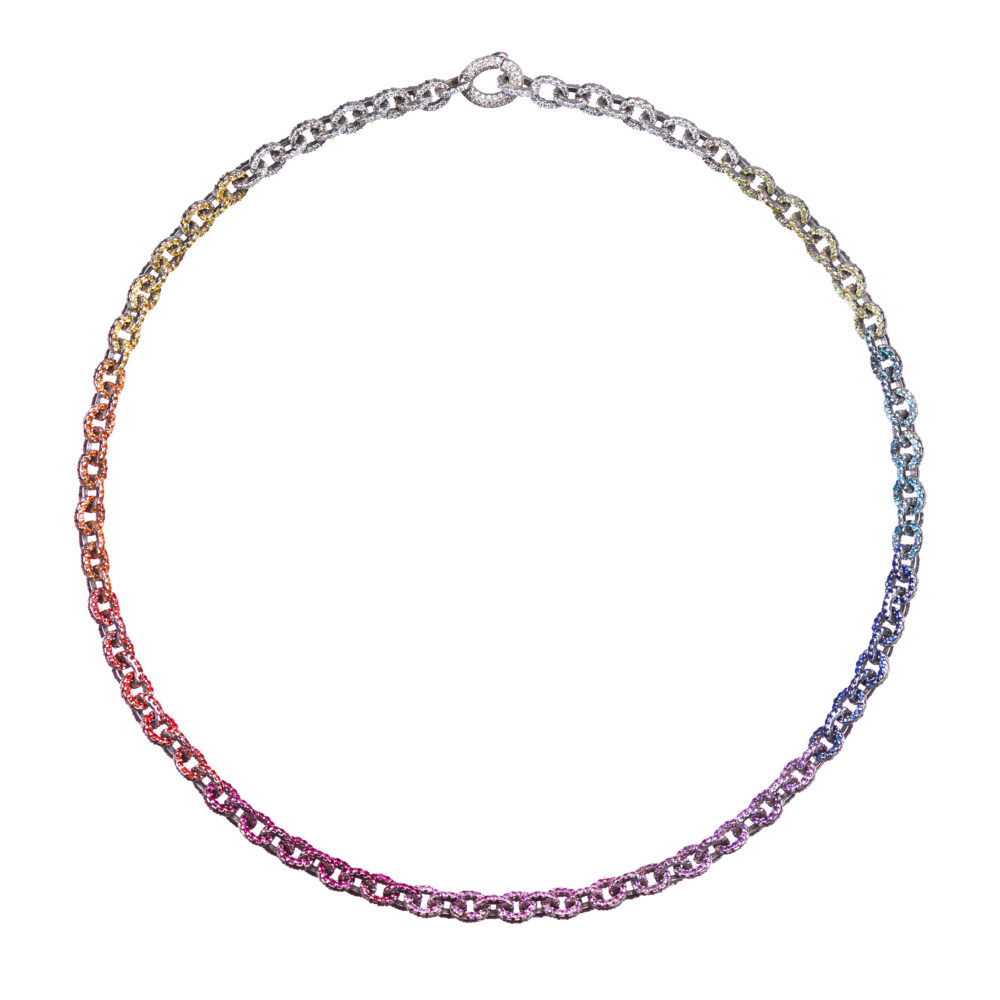
Courtesy of Ana Khouri.
WW: One year after launching your label, you created Projeto Ovo—a nonprofit in Brazil that donates all sale proceeds to 70 Brazilian NGOs. How does this operate?
AK: We accept donations of new and pre-loved items that are transformed into cash through sales that are directly deposited to the NGO’s bank account. We have no bank accounts nor deal with money. All receipts are posted also on Ovo’s Instagram: @projetoovo. It is the most fundamental model of sustainability.
For over six years, Project Ovo has donated 100 percent of the proceeds from sold products to benefit the organizations it supports. In the last nine months, 2.6 million reais have been donated to not just one initiative, but 70 Brazilian NGOs through product exchange. The initiatives range from health organizations, housing, education, minorities, environmental support, and inclusion of every kind.
I have so much faith in the future and believe now is time to unify. Change will not come if we wait for someone else or some other time. We are the ones we’ve been waiting for. We are the change that we need to seek.
WW: Tell us a bit about your work with sustainability and ethically sourced stones.
AK: Given the fragile state of the planet, our ability to live within its biological capacity must be our priority from here on out. For our part, choosing to work with ethical and responsibly sourced materials means reducing our footprint and empowering the forces for change in the industry. All our precious gems are responsibly sourced certified and have not been altered in any laboratory.
I’ve always believed that you should do what you believe in, stand out, and make a change. I want to help promote responsible, ethical, social and environmental practices, contributing to the change I want to see in the world.
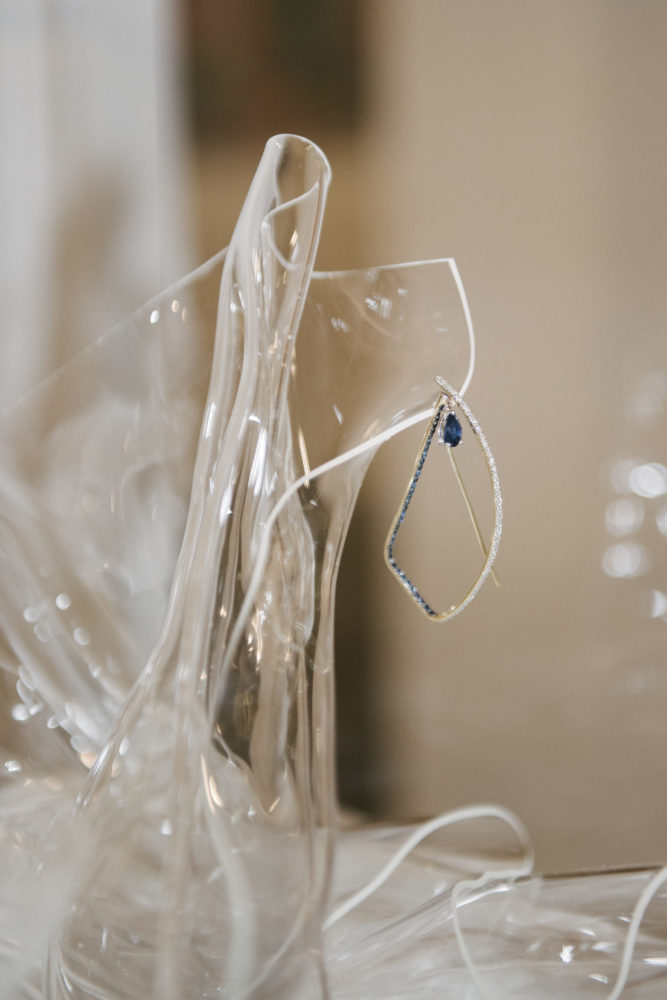
Courtesy of Ana Khouri.
WW: You recently donated 100 percent of proceeds from the Blue Sapphire Mirian Ring to Doctors Without Borders, among other pieces for other organizations. What have you learned from the ongoing pandemic that may impact your practice moving forward?
AK: From the beginning, my work has been a way to communicate a sense of harmony and balance. Something so fundamental to life, but so often muted by distractions, is the interconnectedness of all that surrounds us. In 2020, I focused on Projeto Ovo and using my jewelry to make a difference, donating 100 percent of proceeds from several pieces to raise funds for COVID-19 relief efforts. The pandemic cannot stop creativity. We can overcome this crisis together, if we choose love over fear. I believe we are all going to come out of this more conscious of how we love, live, and interact with the universe.
WW: What do you hope your eponymous label communicates through jewelry?
AK: As a jewelry designer, you must find a way to accentuate the natural elegance of what are arguably the most beautiful materials found on earth. The work should have an eternal quality, but one must also aspire to imbue the pieces with another essence that, for me, is much more consequential. I want my work to be ethereal. It is ironic, perhaps, that stone and metal pried from the earth could be ethereal, but jewelry has long been associated with the stars. I think that fine jewelry should always aspire to rival the awe we experience when we turn our eyes upward. I don’t simply wish my work to adorn or to stand alone as beautiful objects. I want my designs to evoke their connection to space—its vastness, its majesty, and its superlative form.
WW: Where do you feel the future of jewelry design is?
AK: Inclusion in every sense. There is no right or wrong; you should wear whatever you want, however and whenever you feel like. And we must work to make this industry not only more inclusive but also more aware of its own environmental and social impacts.
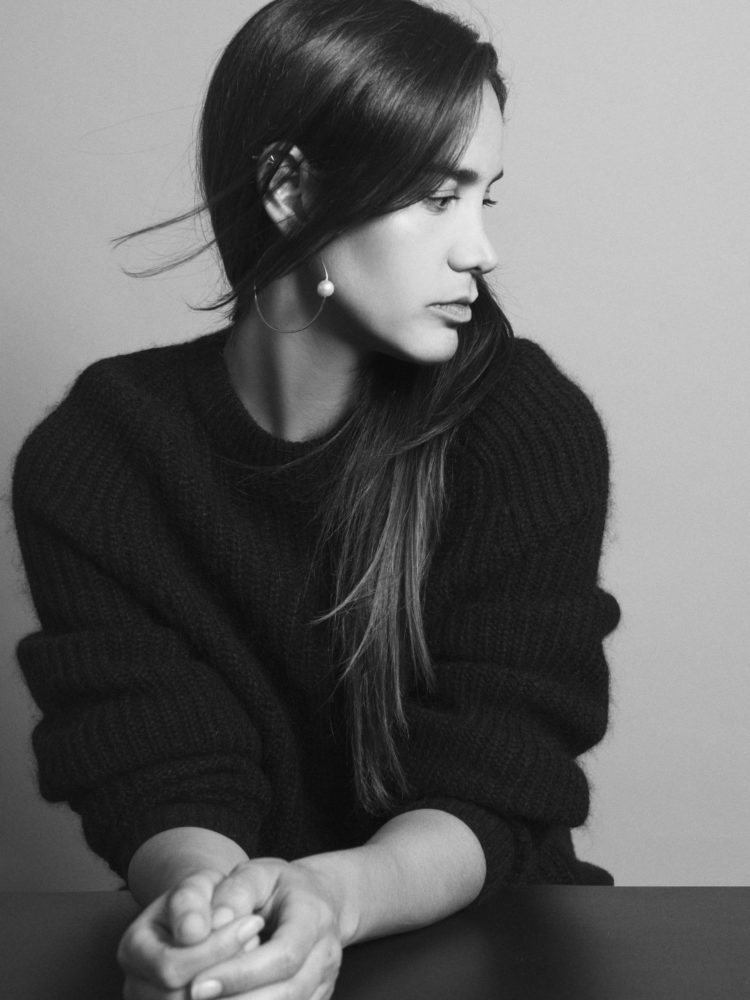
Portrait of Ana Khouri by Alex Nataf.





